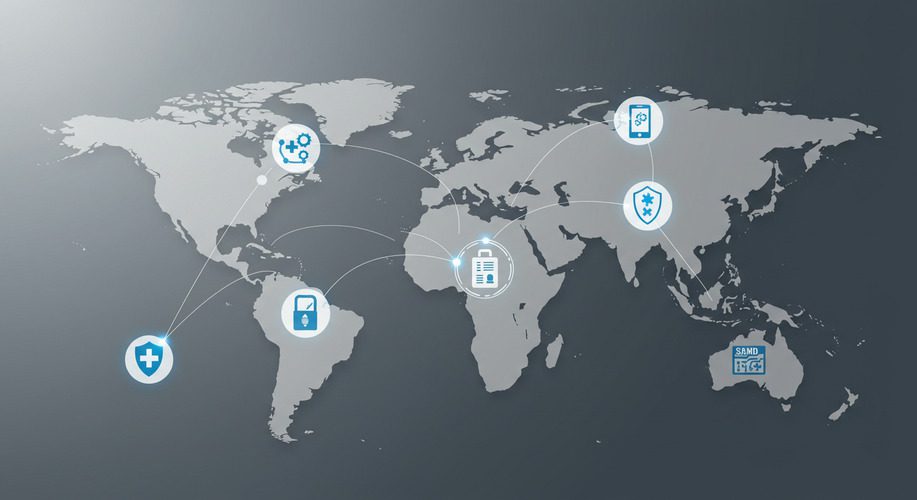
Article
Regulatory Innovation in SaMD: How Global Standards Are Evolving
This post was previously on the Pathfinder Software site. Pathfinder Software changed its name to Orthogonal in 2016. Read more.
Although there are many more pitfalls, I’m only going mention three. Feel free to add your own. The good news is that all of these risks are manageable.
Staff User Acceptance Testing Carefully
Startups are often based on the vision of a single person. As the old saying goes, vision is necessary but insufficient for creating success. It would be unusual for any one person to have all of the skills needed. Agile software development is great for optimizing product value and time to market, but it only works if the business stakeholders and user panels are participating in the various aspects of user acceptance testing on a timely basis. This includes participation in design reviews and demos, not just UAT. Agile relies on short feedback loops. You need both a visionary and a detail person on your team during the development process. Look at yourself critically. If you are not good at the details yourself, you need to hire or bring in a partner that is. That is the person that needs to be involved in the development process on a daily basis during design and development. It is probably also the best person to initially lead your customer service group immediately after launch. A visionary only needs to participate in periodic reviews to make sure things are on track.
Choose a Realistic MVP
Minimum viable product (MVP) is a catchy phrase, but it is often misunderstood. It means nothing without the context of a goal. It doesn’t necessarily mean a minimum or an incomplete product. First determine your goal – Is it to attract an investor? Is it to validate a target customer type? Is it to drive revenue? Then determine the minimum viable product that will achieve the goal chosen.
Most visionaries think that every feature needed for every possible customer type needs to be in their product at launch. The chance that all of the features envisioned can be cost justified rapidly approaches 0%. A study a few years back indicated that 50% of all features developed are never used to a measurable level. Start with the assumption that you know your initial feature set is probably wrong and don’t try to get the first release to satisfy all of your suspected targets. Develop your first release to satisfy the needs of your best customer target or a closely related subset of targets. Then start with the minimum feature set to drive value for that subset. This is part of customer validation. You will quickly learn if you are on track, which additional features you’ll need, or if you need to pivot and try a different approach (this is not necessarily bad – think of the pivot from The Point to Groupon).
Engage with Your Potential Customers Early – Don’t Wait for Launch
Often new entrepreneurs are hesitant to vet their ideas and conceptual prototypes with potential customers for fear of losing them as prospects. If your proposed product helps eliminate or reduce one of their pains, you’d be surprised how cooperative they will be in looking at your ideas and providing feedback. First, they are often flattered that they were asked, and secondly, over time they get the feeling that the product is being designed just for them. And, if they don’t see it as easing one of their pains, you may have the wrong product or the wrong customer target. That is good to know early on.
Take a hint from the major corporations. Most of them have some form of Voice of the Customer initiative. Their customers love to provide input, because it greatly increases the chance they’ll end up with a product that will benefit them. The earlier you get your targeted customer types involved in the process, the more likely they are to get a feeling of ownership and loyalty to your product. A better product and loyal potential customers – why would you not want to do this?
I could probably list another dozen, but now it’s your turn. What other pitfalls and mistakes do you see occurring over and over again?
Related Posts

Article
Regulatory Innovation in SaMD: How Global Standards Are Evolving

Article
Implementing Real-Time Data Analytics in SaMD Solutions

Article
Navigating FDA’s Proposed AI/ML Framework for SaMD

Article
Improving Patient Engagement with SaMD Solutions